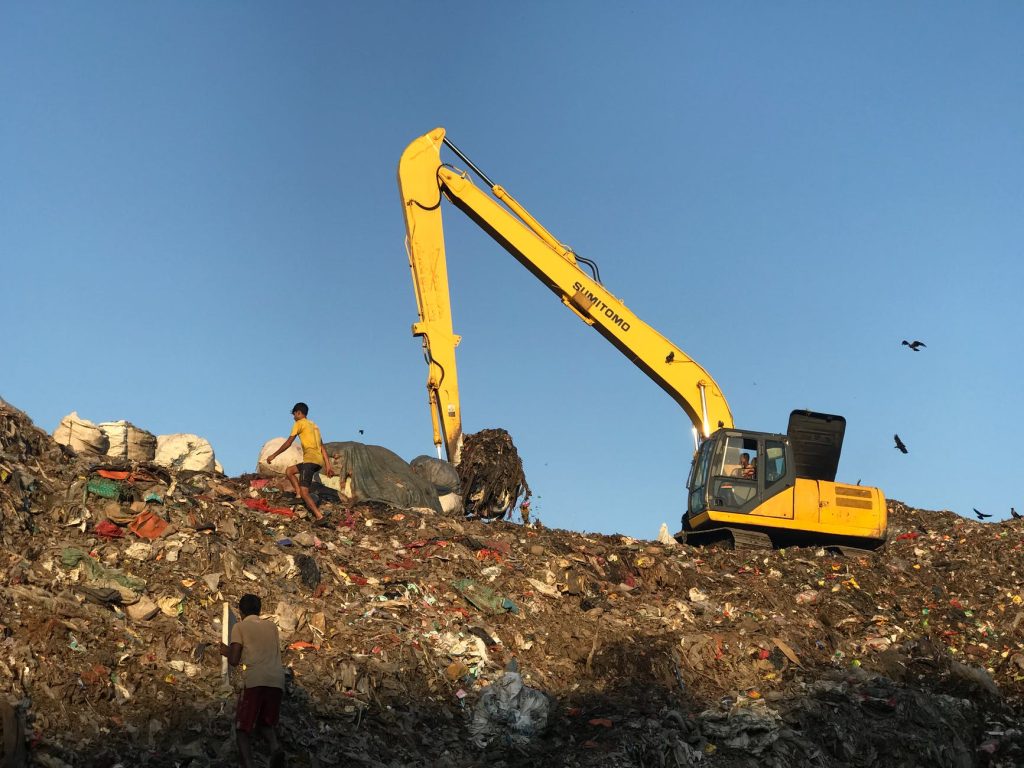A mixture and its properties
Among the many source materials of solid waste are private residences, commercial establishments, public institutions, and private industry. hazardous-waste management discusses the classification of wastes that pose an immediate threat to individuals or their environments. Refuse as well as municipal solid waste refers to all degradable solid waste from a society that must be collected and transported to a processing as well as disposal site (MSW). Garbage and rubbish are included in the term “refuse.” Disposable food waste is the primary component of garbage, while dry material including such glass, paper, cloth, as well as wood is the primary component of trash. Garbage, on the other hand, decomposes quickly and is less putrescible than rubbish. Large items like old refrigerators, couches, and tree stumps are all examples of trash. Trash must be collected and disposed of in a unique manner.
There is a significant amount of C&D waste (or debris) in total solid waste amounts (about 20% in the U. S.), but it is not included in the MSW flow. In municipal sanitary landfills, however, C&D waste is typically disposed of because it is non-toxic and inert.

In many developed countries, electronic waste, also known as “e-waste,” is the fastest-growing component of solid waste and includes thrown away computer equipment, televisions, phones, and a wide range of other electronic devices. More and more people are becoming alarmed about hazardous waste like this. Government policies may be necessary to regulate the recycling and disposal of electronic devices that contain lead, mercury, and cadmium.
The characteristics of solid waste vary greatly from community to community and country to country. For example, American trash is typically lighter than European as well as Japanese trash. Nearly 40% of MSW with in United States is made up of paper and paperboard, while less than 10% is food waste. In addition, there are a variety of yard trimmings and other materials like wood, glass, metal, and plastic as well as items such as leather and cloth. MSW of this sort typically weighs 120 kg per cubic metre in a loose or sequences state (200 pounds per cubic yard). Depending on where you live, the economy, the time of year, and other variables, these numbers can vary greatly. Before constructing any care or disposal facility, it is necessary to thoroughly examine the waste qualities in each locality.
Storage of Information
Solid waste generation rates are highly variable. There is an average of 2 kilogrammes (4.5 pounds) for every person per day in municipal waste in the United States. Approximately half this amount is generated in Japan, whereas in Canada this same rate is 2.7 kg (nearly 6 pounds) for every person per day. It can be as low as 0.5 kg (1 lb) per person per day in some developing countries. Commercial, institutional, as well as industrial waste, as well as residential waste, are included in this data set. When planning a solid-waste management project, it is critical to know the actual rates of start refusing generation.
To prevent rodent or invertebrate infestation and unpleasant odours, most communities require that household waste be stored throughout durable, easily cleaned bins with tightly fitting covers. Larger bins that can be mechanical means lifted as well as emptied into collection trucks, rather than the standard 115-liter (30-gallon) galvanised metal or plastic containers, are more commonly used in some communities. For curbside collection, plastic bags are commonly used as liners or disposable containers. Dumpsters can be used to store large amounts of waste, such as at shopping malls, hotels, or apartment buildings, until the waste is collected. On-site compactors reduce waste volume in some commercial and office buildings.




